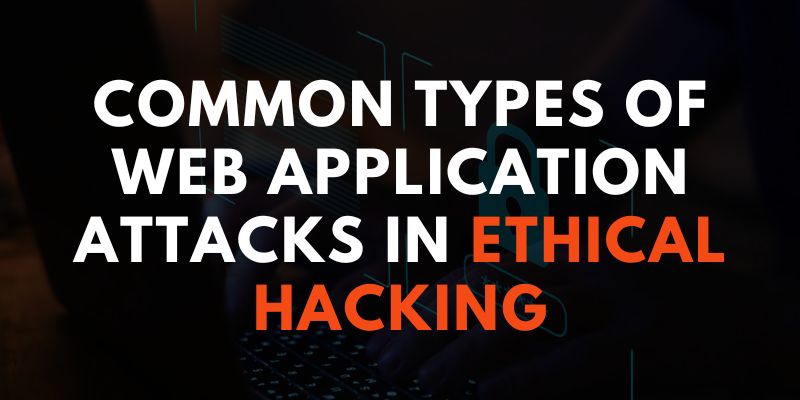What Is a Web Application?
A web application is computer software that may be viewed by a user through a web browser while connected to the internet. This differs from native software programmes, which depend on the user’s device. Web applications may frequently be modified to match the needs of a business and are typically simple for users to install. Content management systems hosted email and messaging, and e-commerce services are a few examples of web apps. If you are interested in knowing Common Types of Web Application Attacks in Ethical Hacking, You can choose Ethical Hacking Course in Chennai at FITA Academy.
A web server on the Network receives a request when a user views a web application. In response to a client’s request, the web application searches a content store and then produces content. The web server receives the results from the web application server, interprets and runs the scripts, and then shows the user requests on the user’s screen.
Why Are Web Applications Vulnerable to Attacks?
Web apps can be attacked for some reasons, including incorrect coding, incorrectly configured web servers, flaws in application design, or failure to verify forms.
Because of these flaws and vulnerabilities, attackers can access a database containing sensitive information. Web applications are a simple target for attackers because they must be accessible to customers anytime.
Cloud containers, loaded with the components required to run software applications, have recently been discovered especially vulnerable when not secured properly or include insecure components. Open-source code and reliance on application programming interfaces (APIs) exacerbate security concerns.
Common Types of Web Application Attacks
Web applications can be threatened via a variety of vectors. Cross-site script writing, SQL injection, path traversal, local storage inclusion, and distributed denial of service (DDoS) threats are all common types of network attacks. Join the Ethical Hacking Course at FITA Academy and learn how to protect data from malicious hackers. Learning Ethical Hacking Online Course that paves an excellent way for your career.
Cross-site scripting (XSS):
- An XSS attack involves an attacker injecting malicious software into a trusted site or web-based usage. Because the user’s browser believes the script came from a reliable source, it executes it.
- XSS hacks could be used to steal data or carry out other destructive actions on the visitor’s machine. Even though this strategy is often used and is thought to be straightforward, it can have detrimental effects.
SQL injection (SQLI):
- An SQLI happens when an attacker tampers with the database queries that a web application makes. An SQLI can provide hackers access to the database’s sensitive information. An attacker has the ability to update or remove this data, as well as insert code that alters a web application’s behaviour or content.
Local file inclusion:
- Using this method, a web application is deceived into running or exposing its data on a web server. These assaults take place when a malicious attack is treated as “trusted input” by a web application.
- An attacker may use track or guide traversal to know the web app to run the local file after prompting it to do so about the server’s files. Using local file inclusions shows data disclosure, XSS and distant code performance. Learn Ethical Hacking course in Bangalore that provides in-depth & practical training to get placed in top companies.
Read more: How hackers access your computer in Ethical Way
